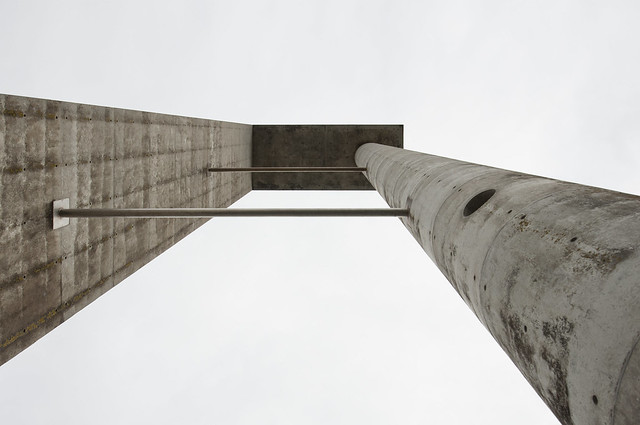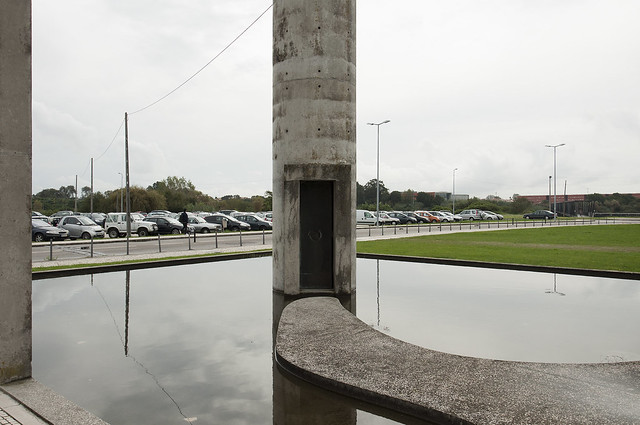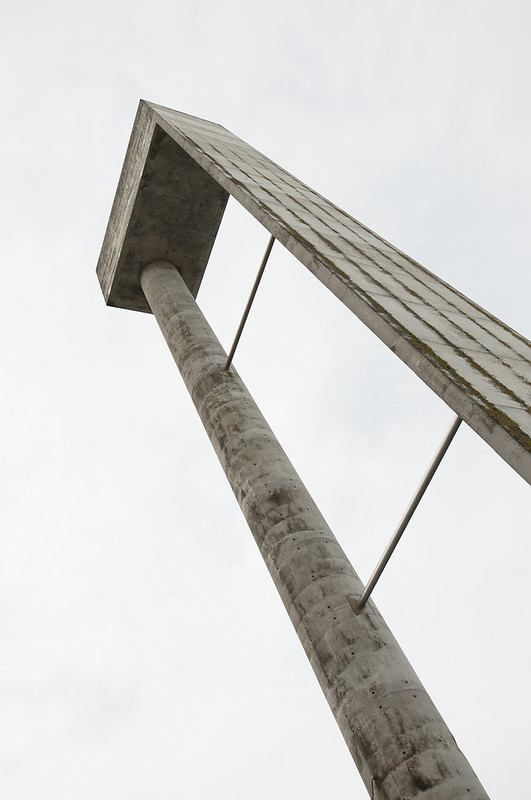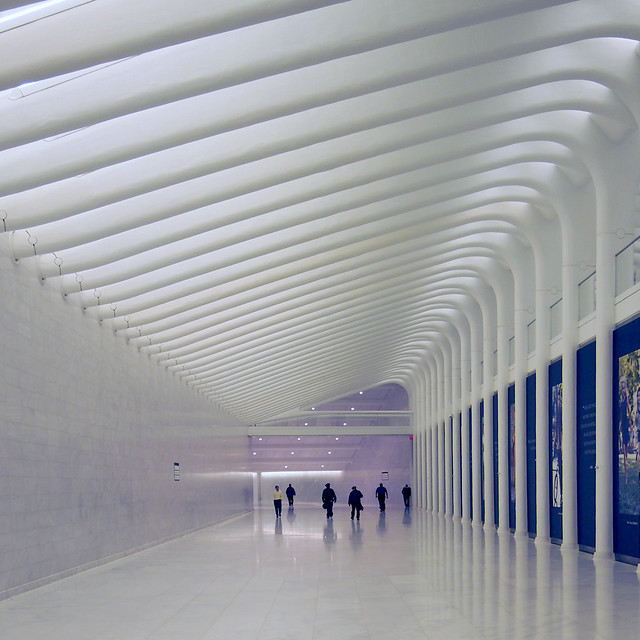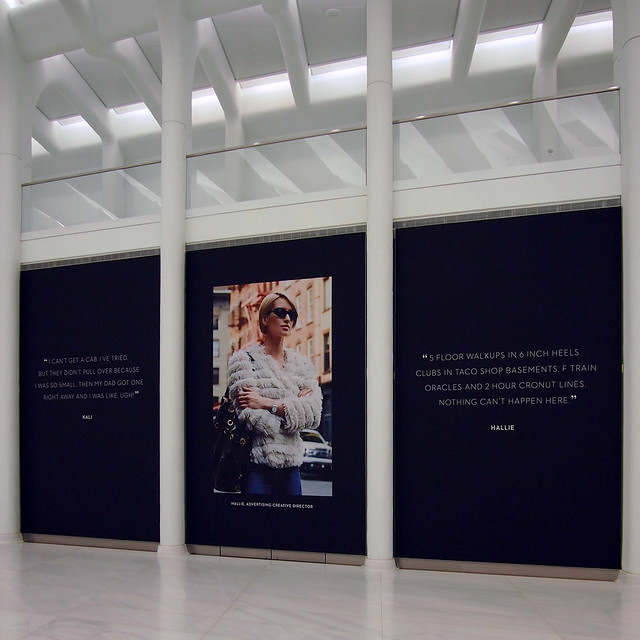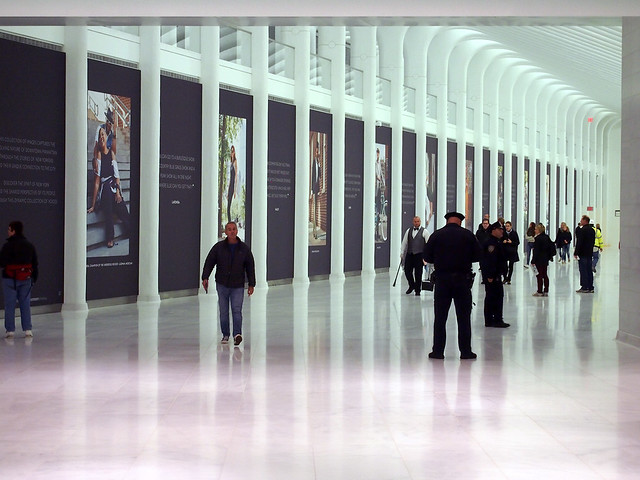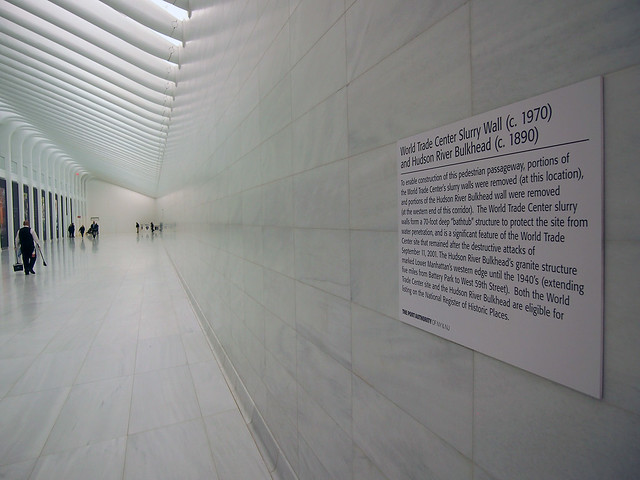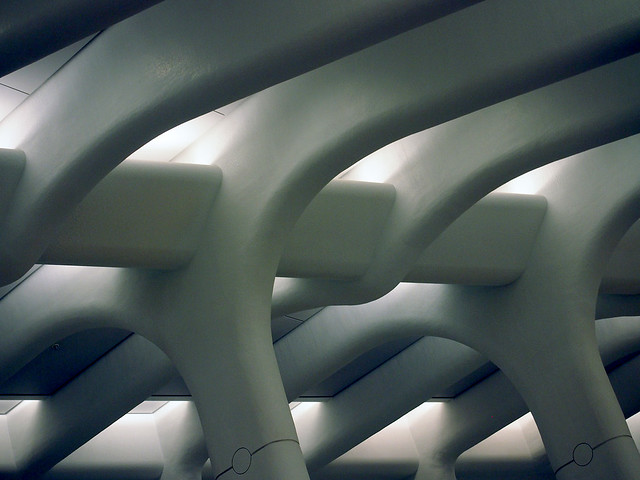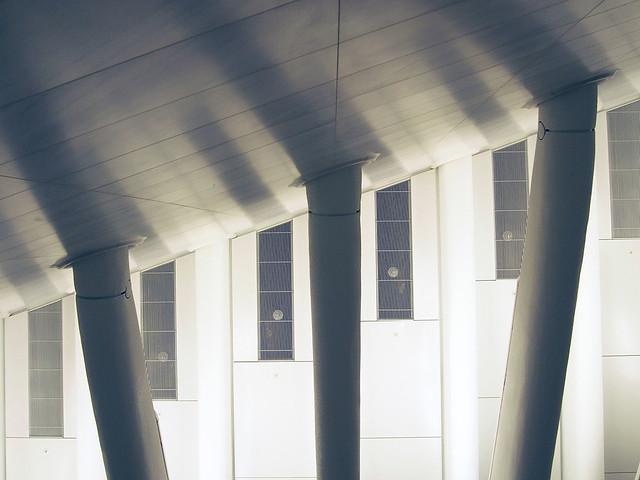This week architects have been busy
reading and
commenting on Christine Outram's
essay at Medium, "What Starbucks Gets that Architects Don't: Or why I left the architecture profession." On my first read a couple days ago I got the message (architects need to listen to the people who occupy their buildings) and agreed generally that buildings and spaces could be designed better, although I detested the way it was written and didn't find that round tables at Starbucks to be a strong argument for architects talking to and listening to people.

To make just one comment on her article in this blog post, it's worth focusing on what I think is the gist of her argument:
"You [architects] don’t understand people. I correct myself. You don’t listen to people."
These sentences come right at the beginning of her piece, setting up her argument about Starbucks ("Form follows feeling") and using the Internet to poll people about things like where a new shop should really be located (something usually outside an architect's scope). But what if her statements are incorrect? I correct myself. What if there is a more accurate criticism about architects?:
You [architects] are people, but you don't listen to yourselves, to what's inside.
This statement may sound a bit goody-goody or mushy at first, but my point is that by focusing on users as a distinct group of people—them, not us—former-architect Outram is perpetuating the gulf between the two. Actually, I'd argue that architects are also Starbucks customers (and homeowners, and students, and the other people that use buildings), and given their education and practical experience they are in a unique position to gauge how design can make one's cup of coffee in a chain cafe a better experience, to use her example.
Is it necessary to poll hundreds of coffee drinkers to determine that round tables "protect self-esteem for those...flying solo"? Or could an architect have come to the same determination by believing their impression that round tables work better in some environments than square tables, be it by observing patrons at a local cafe or in a public park, or by choosing a round table over a square one themselves? Any architect will admit that all of their observations and experiences influence how they think about architecture, so I'm wont to believe the latter.
So then why don't architects listen to what's inside? The obvious conclusion would be to blame clients—after all, they are the entities that sit in that supposed gulf between architects and users. Yet the case of Starbucks shows (if anything) that clients are open to design solutions when they lead to benefits both for them and whom they serve; and to make a fairly safe assumption, a developer should be open to design solutions that make residents happier so they can ask for higher rents or selling prices.
But traditionally the client's bottom line has driven decision-making, therefore conditioning architects to prioritize that over human needs. Therefore I'd wager that architects don't listen to what's inside because they're afraid of ignoring what they see as the client's wishes or of even losing the job. Yet ultimately the architect exists to balance human needs (the users, as filtered through the architect's own experiences and expertise) with those of the client, as well as with the environment and other considerations that are greater than both.
So I believe that architects
do listen to people, internalizing conversations and experiences so as to make better decisions about design. Often they don't follow through on those feelings and therein lies some of what Outram is getting at. I don't believe architects need to carry out online polls or data mine (what people in advertising, Outram's current gig, do) to create buildings and spaces that are in line with how people want to feel. Architects can interpret such data if it exists, but not at the expense of understanding themselves and the shared human condition.







